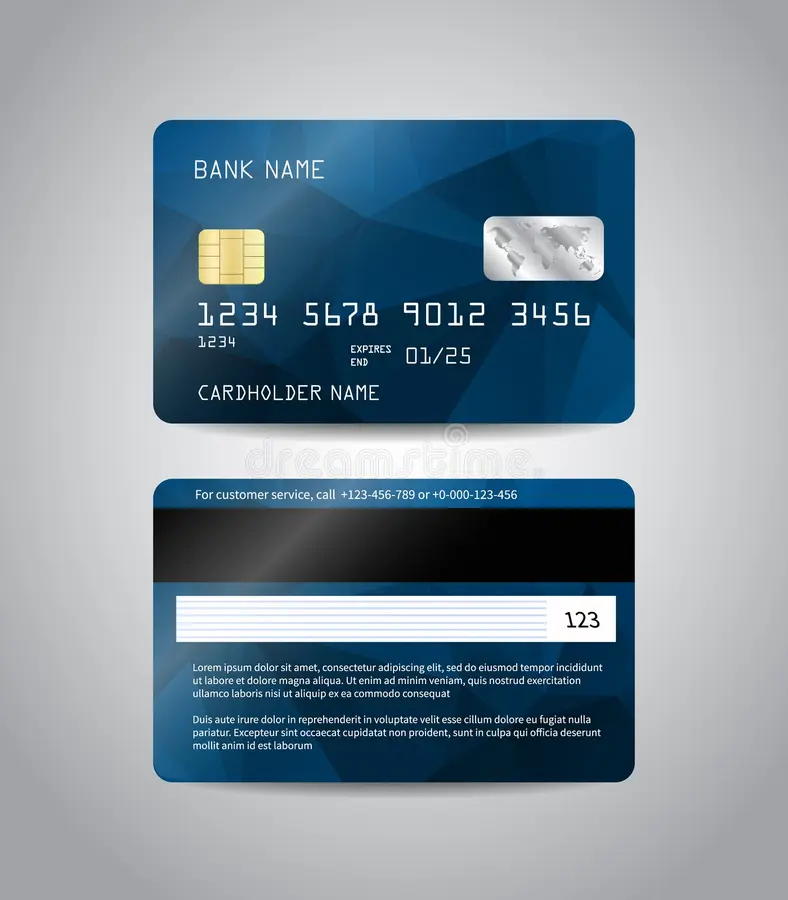CLONED CARDS FOR SALE ONLINE

Card Cloner
Have you ever wondered how credit card thieves can clone your card and make unauthorized purchases? In this blog post, we will delve into the fascinating technology behind credit card duplication and explore the history of these ingenious devices.
History of credit card cloning technology
It all started back in the late 1980s when magnetic stripe cards became popular. These cards contained a strip on the back with valuable information encoded on it.
As these cards gained popularity, so did the need for more secure payment methods. This led to the introduction of chip-and-pin technology in the early 2000s. However, even with this advancement, criminals still found ways to clone credit cards.
The first instances of credit card cloning involved skimming devices placed over legitimate card readers at ATMs or point-of-sale terminals. These devices would capture the data from unsuspecting victims’ cards as they swiped them.
Over time, more sophisticated methods emerged. Criminals began using miniature cameras and keypad overlays to record PINs as well.
Today, there are even portable devices called “card cloners” available on the black market that can quickly and easily duplicate credit cards without leaving a trace.
Different types of card cloners
1. Skimmers: These are often placed on ATMs or payment terminals and work by capturing the data from the magnetic stripe on your card when you swipe it.
2. Shimmers: Similar to skimmers, shimmers are smaller devices that fit into the card slot and capture data from EMV chip-enabled cards.
3. RFID Readers: With contactless payment technology becoming increasingly popular, RFID readers can wirelessly intercept and clone credit card details.
4. Data Breaches: While not a physical device like other cloners, data breaches involve cybercriminals stealing large amounts of credit card information directly from databases or online platforms.
5. Cloning Apps: Some mobile apps claim to be able to read and clone credit cards using NFC (Near Field Communication) technology, although their effectiveness is questionable.
How do card cloners work?
One common type of card cloner is a skimming device that is placed over a legitimate card reader, such as an ATM or gas pump terminal. When you insert your card into the compromised reader, it captures the magnetic strip data from your card.
Another method involves using handheld skimming devices. These small gadgets are often concealed in the palm of a criminal’s hand and slid over the top of a legitimate payment terminal when processing a transaction.
Some more advanced types of cloners even have Bluetooth capabilities, allowing criminals to remotely collect stolen data from these hidden devices without needing physical access to them.
It’s important to note that not all cloning methods require physical contact with your credit cards. RFID (radio frequency identification) technology has made it possible to clone cards wirelessly by intercepting radio signals emitted by contactless payment systems like Apple Pay or Google Wallet.
Risks and consequences of credit card cloning
One major risk is financial loss. When a credit card is cloned, unauthorized transactions can be made using the victim’s account information. This means that hard-earned money can quickly disappear from bank accounts without any warning or consent.
Another consequence of credit card cloning is damage to one’s credit score. If fraudulent charges are not detected and resolved promptly, they could negatively impact an individual’s credit history.
Furthermore, credit card cloning undermines trust in the banking system as a whole. When consumers lose faith in the security measures employed by their financial institutions, they may become hesitant to use their cards for fear of being targeted by fraudsters.
There are also potential legal ramifications associated with credit card cloning. Perpetrators who engage in this criminal activity can face severe penalties if caught and convicted.
Steps to protect yourself from credit card cloning
1. Be cautious with your card: Keep a close eye on your credit and debit cards, ensuring they are always in your possession.
2. Strengthen passwords and PINs: Use strong and unique passwords for all your online accounts, including banking platforms.
3. Monitor your statements: Regularly review bank statements, credit card bills, and transaction histories for any suspicious activity.
4. Shield sensitive information: When making purchases online or over the phone, only provide personal details on secure websites that display “https” in the URL and have a lock icon.
5. Embrace technology safeguards: Consider enabling two-factor authentication (2FA) whenever available as an additional layer of security for accessing your accounts.
6. Stay updated with antivirus software: Ensure you have robust antivirus software installed on all devices used for conducting financial transactions online to protect against malware attacks that could compromise card data.
7. Avoid public Wi-Fi networks: Refrain from using public Wi-Fi networks when accessing sensitive information or making online payments as these networks can be vulnerable to hackers.
8. Regularly check credit reports: Request free copies of your credit report annually from major credit bureaus such as Experian, Equifax, and TransUnion to detect any fraudulent activities early on.
Conclusion
(Note: The content provided in this article is meant for informational purposes only; readers should consult relevant authorities regarding specific legal matters related to their individual circumstances.) Card Cloner
